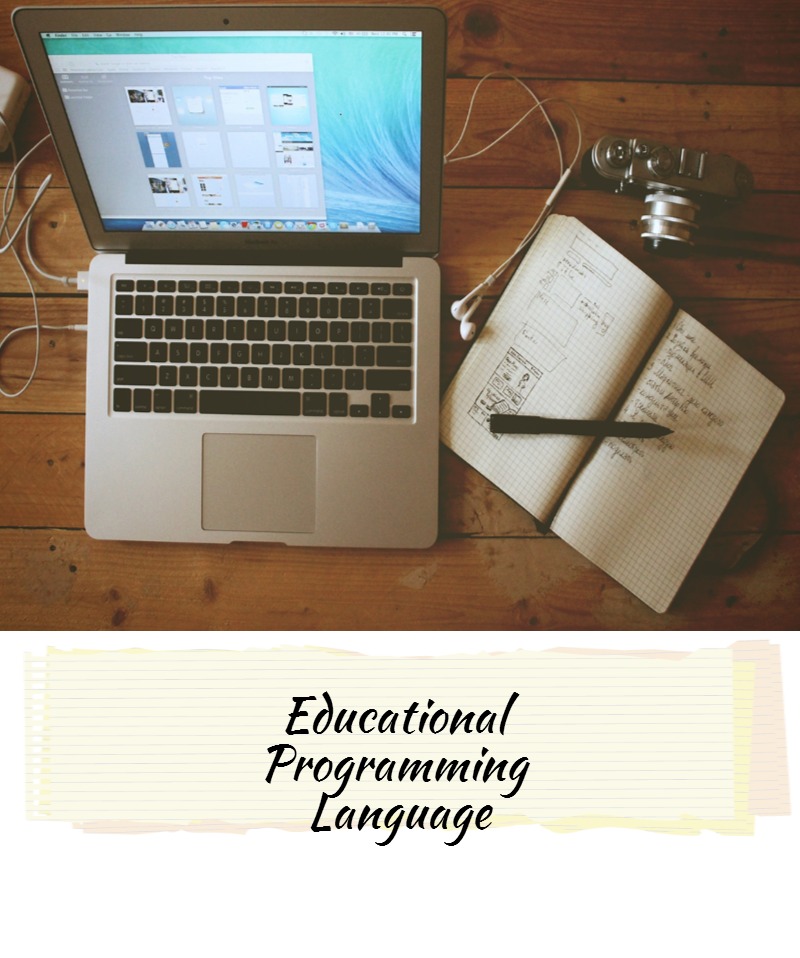Educational programming Languages Assignment Help
Introduction to Educational programming Languages

An educational programming language is a programming language that is designed primarily as a learning instrument. Major considerations in designing an educational programming language are:
- Programming language size is an important factor for its users: How many keywords are in the language? How many programming paradigms are supported?
Use student's mother tongue - Teaching a non English speaking child a programming language in English makes the difficulty doubled, and causes a higher estrangement feelings towards that programming language.
Strongly typed vs. Dynamic - Engineers want compilers to notify them on as many errors and warnings as possible, to handle the errors at compile time rather than have them as bugs at runtime. Thus, strongly typed programming languages - which require the programmer to declare and adhere to type matching rules - are better engineering languages.
Educational programming Languages Assignment Help By Online Tutoring and Guided Sessions at AssignmentHelp.Net
List of Educational programming Languages
Many educational programming languages position themselves inside a learning path, that is a sequence of languages each designed to build on the others moving a student from easy to understand and entertaining environments to full professional environments. Some of the better known are presented below.
- BASIC
- LOGO
- Java-based
- Lisp-based
- Scala-based
- Smalltalk-based
- Other
Educational Language Interoperability:
- Logo-like functionality immediately available
- Easy interoperability with Java, .NET, etc. »
- Robot control packages available


